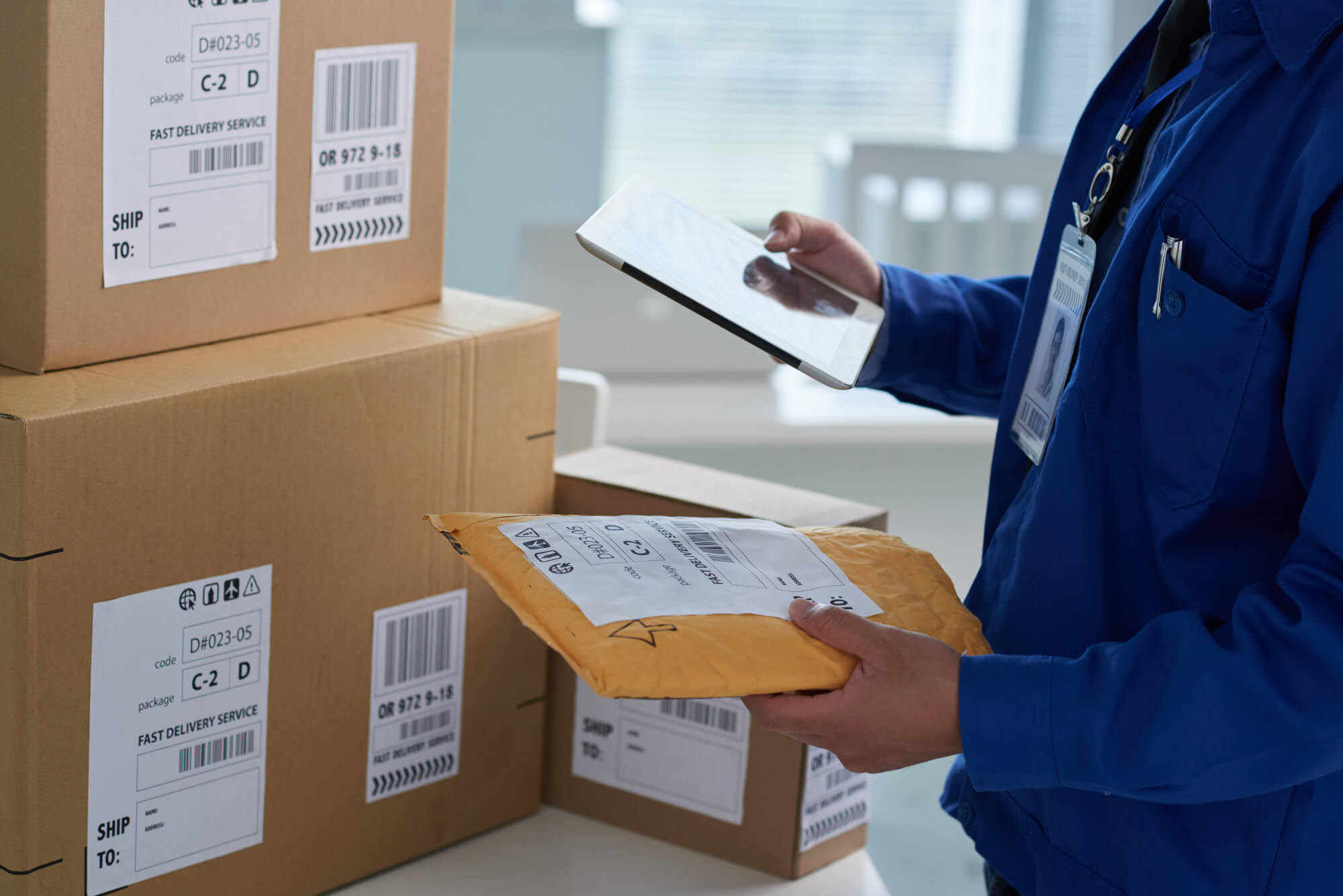Big changes are in store as normal life opens up again. As business begins to turn the corner, freight shipping gets ready to set new records. As a result, commerce will start moving faster than ever before.
In fact, the movement of transborder freight alone was up 85% in April over the same period last year. And, the large percentage of that movement is in truck traffic.
It’s your job to get your product moving to the customer fast. But you’re struggling to meet company demands for fast shipments at fair rates.
And some freight shipping terms are still a bit of a mystery to you. Well, don’t worry. To learn the best ways to send freight within an allotted time frame, keep reading.
Freight Shipping Terms
It might seem simple enough, but let’s begin with the meaning of freight. Freight shipping is the movement of goods in bulk that are generally too large for one vehicle. So, for example, small parcels start as freight when piled on pallets.
Depending on the number of pallets in a shipment, freight gets moved on the ground by various means. LTL, for example, stands for less than a load. These are small shipments that get combined with others to make up a load.
There are partial loads that fit somewhere between the LTL size and a full truckload. These terms help understand how freight gets portioned off with other shipments.
If you label a shipment as expedited, it means speed is the primary concern. That means the freight shipping style needs to fit the time frame for delivery.
One other helpful term that’s good to know is intermodal. For example, when freight moves overseas, there will be several modes of transport involved.
Your freight might begin and its journey on trucks, but it may also travel by large ships, planes, or railroad cars.
Sizing Up Your Freight
When you contact a freight company for pick up, several factors determine how it will get shipped. As you see, with truckload terms, size is the first consideration.
Second, the type of goods you ship will matter a great deal. For example, perishable food items must have special containers to carry the goods. In addition, produce needs refrigerated trucks called reefers to keep the product fresh in transport.
The final destination of a shipment will determine modes of transport. For example, flying a single pallet overseas is possible. But, several pallets will need transport in large ships.
Then there are other considerations like the value or safety of the freight. Hazardous goods have a classification system that dictates the way it’s shipped.
These factors help your freight shipping partner decide the best option for transport. Whether you are shipping international or local, the next step will vary.
The Important Players
When you use a freight forwarder for freight shipping, there are five steps for your shipment. Let’s continue with the example of an international shipment.
1. The Pick-up
When you arrange to pick up your freight, you are the exporter. The freight forwarder will take the size, content, and details for delivery.
2. Transport to Warehouse
Your pallets will then get moved from the company premises to a hub for transfer overseas. This will begin with a truck, but it may also include a ride by railroad cars to the hub.
3. Documentation
For this next stage, two different customs forms are prepared. The first are the forms for exporting the goods out of the country. Your business will also supply bills of sale to prove value.
Then, the receiver will need import customs papers for clearance into that country. A broker that performs both tasks makes the process more stress-free.
4. Shipping the Freight
Logistics companies know how to match all types of freight with the appropriate carriers. Your freight will travel in trucks and then large ships to the destination port. With the correct papers in order, the freight gets released from importing customs.
5. The Last Miles
Once again, the shipment moves to another freight forwarding hub. It could travel again in railroad cars and then by truck to the warehouse.
At the importer’s hub, the freight gets redistributed and transported to the customer.
Timing is Everything
With so much involved to ship freight, you can see the value of a knowledgeable partner. Every stage of the process must move with precision timing. Large ships and railroad cars don’t wait for pallets that don’t arrive on time.
Yet, each freight shipping vessel relies on having full loads to travel. Full truckloads and shipping containers keep the supply chain moving.
Paperwork prepared beforehand helps the shipment from getting stuck in limbo. In addition, association with trusted carriers ensures the freight keeps moving toward its destination.
All that remains then is the mode of transport. Now, if you were to arrange the shipment yourself, there are still many variables only an expert knows.
For example, the freight company finds the carrier to fit your LTL shipment of four pallets. Or, if it’s large enough they hire carriers to haul a full truckload to each stop on the route.
Bigger companies can afford the lengths to hire logistics personnel and even their own transport vehicles. But, most businesses rely on the supply chain system to work for their needs.
Get Your Freight Moving
As you can see, freight shipping has many moving parts. It’s a little like juggling. Those pins have to be flying at the right velocity and direction to make it all work.
Of course, you have more important things to worry about, like growing your business.
That’s why businesses around the world rely on the network of supply chain movers. They make the process function and if a problem occurs, they’ll how to adjust as well.
So, put your mind at ease and give us a call. Your next freight shipping load is in good hands.
